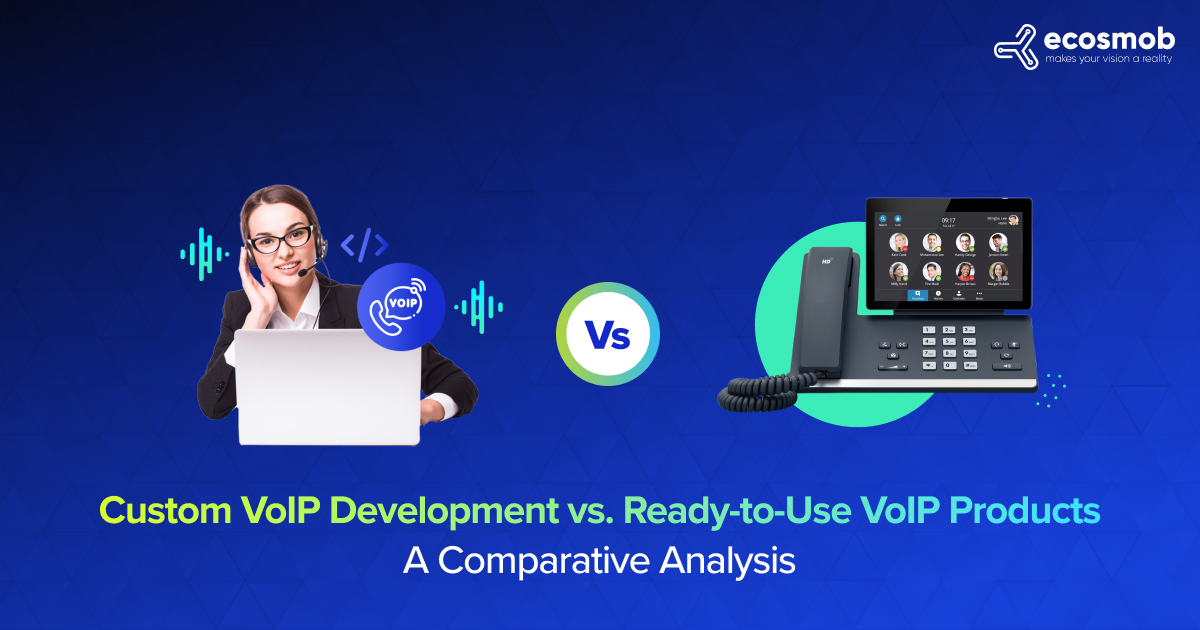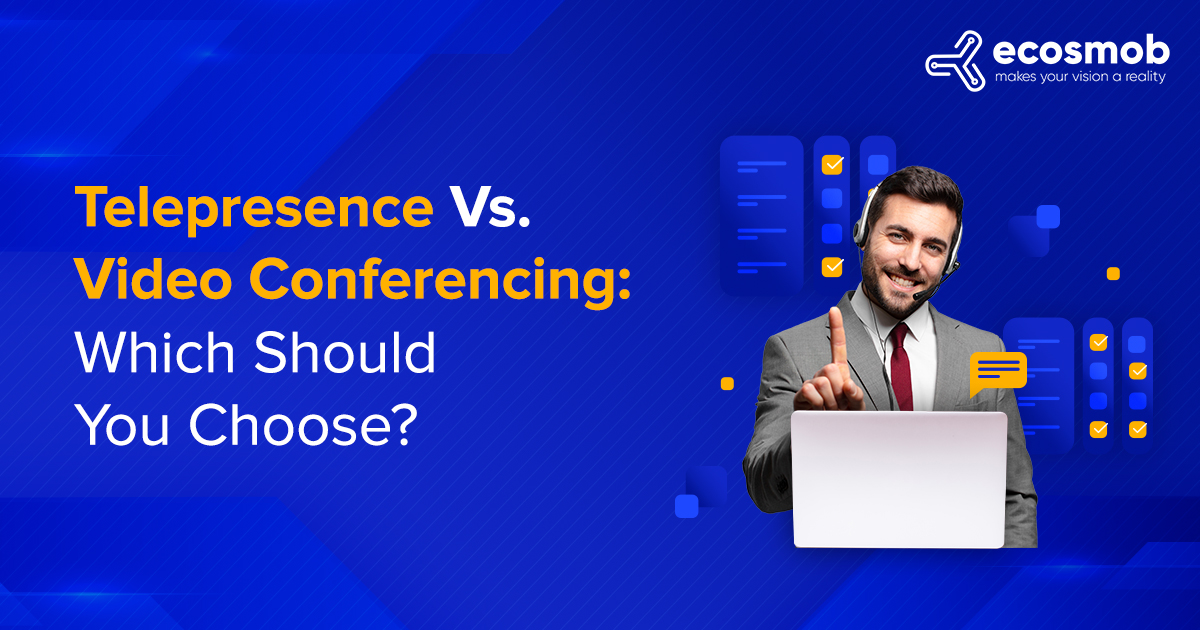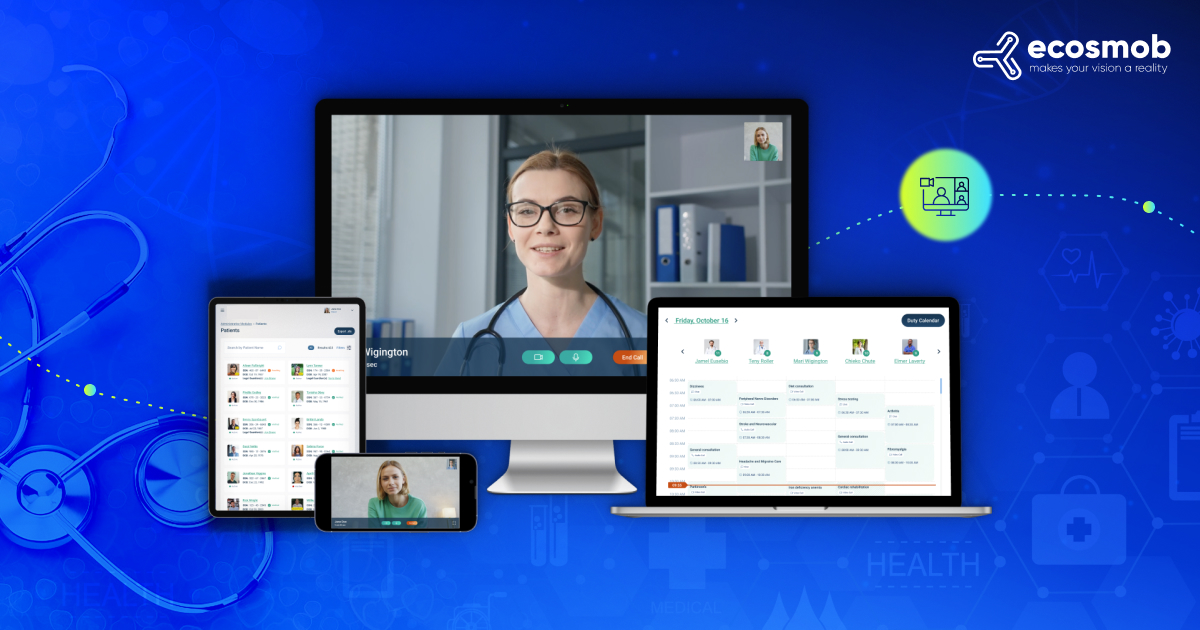Global communication remains effective because of technological advances. Your team is connected, enabling remote business communication. Telepresence and video conferencing are valuable technology for online communication. Telepresence Solution uses an advanced robotic remote control to give a human operator a sense of presence and Virtual Reality (VR).
On the other hand, a video conference solution is a gathering of two or more individuals who are geographically apart who use a network or the Internet to communicate audio and visual data.
Both have different advantages and disadvantages, and they operate in different ways. But they all have one thing in common: they provide a virtual, conveniently accessible version of an actual meeting encounter. Let’s examine the difference between telepresence vs. video conferencing.
What is a Telepresence?
It uses an advanced robotic remote control to give a human operator a sense of presence and Virtual Reality (VR). A human operator can link over a long distance with a robotic remote positioned far away. Telemetry wires, optical fibers, or wireless technology’s primary use is to control it and provide feedback. The control stations enable human operators to access the users’ full-body suits.
- It facilitates the development of good nonverbal communication
- Promotes more engagement by improving visual interaction and reducing distraction risk
- It eliminates every roadblock to corporate expansion
- It lessens or does away with travel and saves the Employees' time
- It removes expenses related to travel
- It reduces costs for businesses
- It takes a lot of bandwidth to feel physically present
- Between two end-to-end telepresence systems, the minimal delay is required over IP connections
- High-resolution telepresence systems are more expensive to purchase
- The corporation now spends more money as a result
- Predetermined setups are set up for stationary cameras
- People are confined to the area captured by stationary cameras
What is a Video Conferencing?
In a video conferencing, two or more individuals who are geographically apart meet and send audio and visual data across a network or the Internet.
You require video conferencing solution software or a Web application, a microphone, speakers, and a video camera attached to or integrated into a computer to participate in a video conference using a computer.
Speakers in the audience pick up your voice as you speak. A window on each participant’s screen displays any image in front of the video camera, such as a person’s face. Business meetings, corporate training sessions, and educational classes will increasingly do as the cost of video conferencing solution hardware and software declines.
- Quicker judgments and fast action
- Working together and sharing documents
- Better job retention and happier workers
- Reduced prices and increased savings
- Special connections and chances
- Less comprehension and personal interaction
- Network slowness and instability
- Technical difficulties and employee education
- Added tension and decreased organization
Telepresence and Video Conferencing Solutions – Key Differences
Let’s explore critical distinctions between telepresence and video conferencing solutions to determine the most appropriate for your company.
Cost
Cost is the main difference between telepresence video conferencing systems. A video conferencing solution is considerably less expensive than a telepresence solution.
While video conferencing solution only requires an initial investment. Some video conferencing applications are also free to use.
Want to Make Communications Simple and Effective?
Video Quality
Telepresence is a challenging technology. The picture transports you there physically, even if you’re halfway around the world. You want to be in it. As a result, not just watch it on TV.
The telepresence solution intends to be 1:1 in scale. The camera pays equal attention to each participant. The resolution is 1920 x 1080, and HD quality uses throughout. Telepresence films are also much more steady and dependable, regardless of the number of attendees.
On the other hand, the graphic layout of the video conferencing solution is relatively simple. Through a virtual calling system, two endpoints can converse and see one another on a screen. It’s like watching a TV show where your client, business partner, or coworker is the main character. At one end of the space, a camera points at a group of people. The other guests appear further away when someone speaks because the camera moves in closer to that person.
Additionally, since video conferencing relies on standard technology, there is a chance of inconsistent quality. Historically, it has utilized standard definition (SD), which produces images with a lower resolution (720×480). Having more user endpoints also means using more laptops. It can overtax the available bandwidth and deteriorate the screen connection’s quality.
Audio Quality
When using a telepresence solution, the audio is loud enough, clear, and echo-free. It is capable of spatial audio; because of this, the communication comes from far away. It improves the experience of speaking to someone in person.
While in the Video Conferencing solution, visual limitations are annoying, but you can control them. However, unbalanced audio can make speaking challenging. There could be several problems with the voice quality during video conferences, such as jitter or echo.
The sound plays through a single audio channel. It entails relaying and compressing all audio routes through a single output to move it from one place to another. The audio quality can suffer as a result of this.
Additionally, background noise cannot be eliminated during video conferences and might annoy participants.
Connectivity
It refers to a device’s ability to communicate with other devices. In this case, both groups will profit from the quality offered by the less advanced technology if one group has a more powerful device. It produces a video that performs poorly even on a screen with high resolution.
On the other hand, a video conferencing solution is more practical. No matter what hardware or software a conference participant uses, it is irrelevant. The pieces will all fit together for a simple visual meeting. Telepresence currently has a drawback. If the other side uses the same top-notch telepresence software and equipment as your team, communication will be much more effective.
User Experience
Telepresence solution makes use of software with an easy-to-use dashboard.
Log in as the host to start or join a call right away. There are fewer distractions with telepresence because there isn’t a buildup of extra features. You can give great conversations your full attention.
The opposite is valid depending on the manufacturer; the user experience for video conferencing varies. Numerous accessible functions do the same. Despite this, most software today offers fundamental features like screen sharing, call scheduling, and video recording.
In conclusion, the program’s user interface significantly impacts your video conferencing solution experience.
Compatibility
You’ve probably seen instances where two different brands’ products didn’t mix well. Many telepresence service providers don’t offer compatibility with rival services. Therefore, if one set of conference participants utilizes a different software from the other set, the functionality will be unrestricted.
However, on the other hand, the video conferencing solution performs well at this point. Other video conferencing tools are compatible with the products that providers create. A streamlined interface permits full functionality across goods from rival companies.
Simulating Face-to-Face Communication
With a telepresence solution, you can beam yourself into the conference room to be as close to your meeting participants as feasible. Telepresence is the only method of establishing face-to-face communication between two digital endpoints as effective as video conferencing.
However, the end-all and be-all of audio video conferencing solution corporate video discussions are different from actual conference conditions. Being able to communicate well is adequate for many businesses.
Which is more Effective: Telepresence Solution or Video Conferencing Solution?
Our point system yields a 3:3 tie when calculated. The choice would not be any simpler even if the ratio for the telepresence or video conferencing solution were 5:1. Before choosing the best solution for your business, analyze your requirements first.
Think about the following:
- What applications would you give the tool?
- What is the state of your finances?
- What are your requirements?
- Will the pricey option benefit your group more?
Once you have answered these questions, you will be one step closer to choosing between a telepresence video conferencing system. Nevertheless, to help you decide, we have put up a summary.
Economic Stability
Telepresence Solution is far more expensive than video conferencing, as was already said. As a result, you are unlikely to have the financial resources to finance telepresence systems if you are a new company or a start-up in its early stages. Your needs should be satisfied by video conferencing.
Video Conferencing Solution is a wise long-term investment for businesses with a steady income unlikely to decline drastically shortly. Customer satisfaction and communication effectiveness can significantly increase. Not to mention giving you and your customers a fantastic experience.
In-house Businesses vs. Remote Businesses
Telepresence solutions may substantially decrease travel expenses, enhancing teamwork and communication. Sales growth could influence by improved audio, visual, and user experiences.
Video conferencing solution is the quickest and most efficient method of conducting remote meetings for businesses with staff dispersed around the globe and without huge global offices.
Established vs. Quickly Growing Companies
Telepresence solution is more beneficial for companies that have been in operation for some time and have a consistent business. You won’t typically need to move to a bigger office yearly if you’re not constantly hiring new people.
Video conferencing solutions can improve if your start-up expands quickly and continuously adds new personnel. The process of adding users and features is more straightforward.
On the other hand, if the conditions are right and you have the money, adding telepresence can help you grow even faster. It might have a significant impact on attracting new customers.
Therefore, a reliable telepresence solution development for important investors is a safe choice.
Wrapping Up
There are a couple of widely used but quite different virtual communication techniques: telepresence and video conferencing. Telepresence is comparable to being inside the program, but a video conferencing solution is analogous to watching television. Although more expensive, telepresence outperforms in terms of audio-video conferencing solutions. It makes the experience more exciting and eliminates the possibility of screen or sound issues. However, it frequently needs more compatibility and interoperability with rival products. Both tools are excellent ways to communicate with your employees or clients from anywhere globally.










